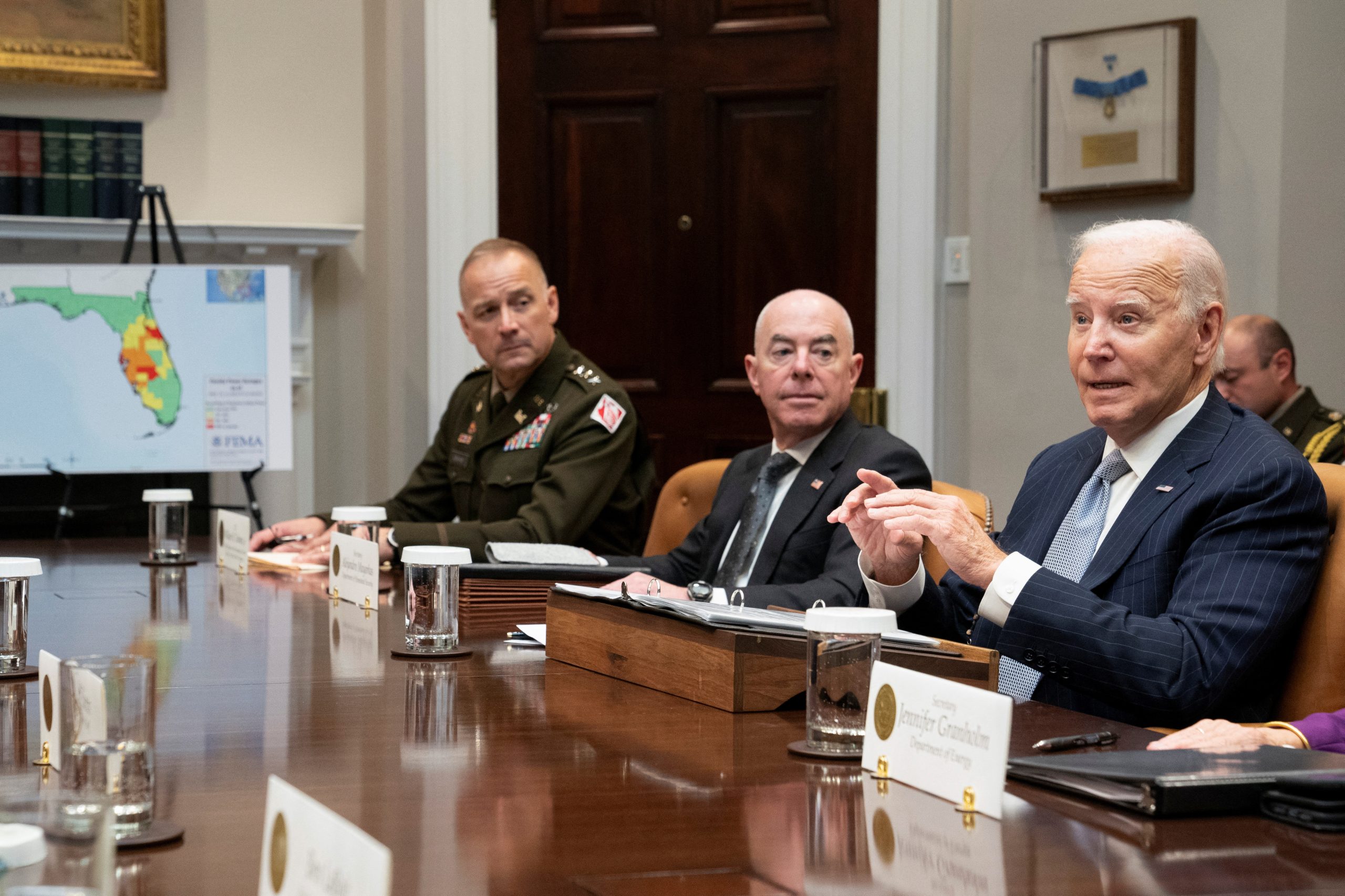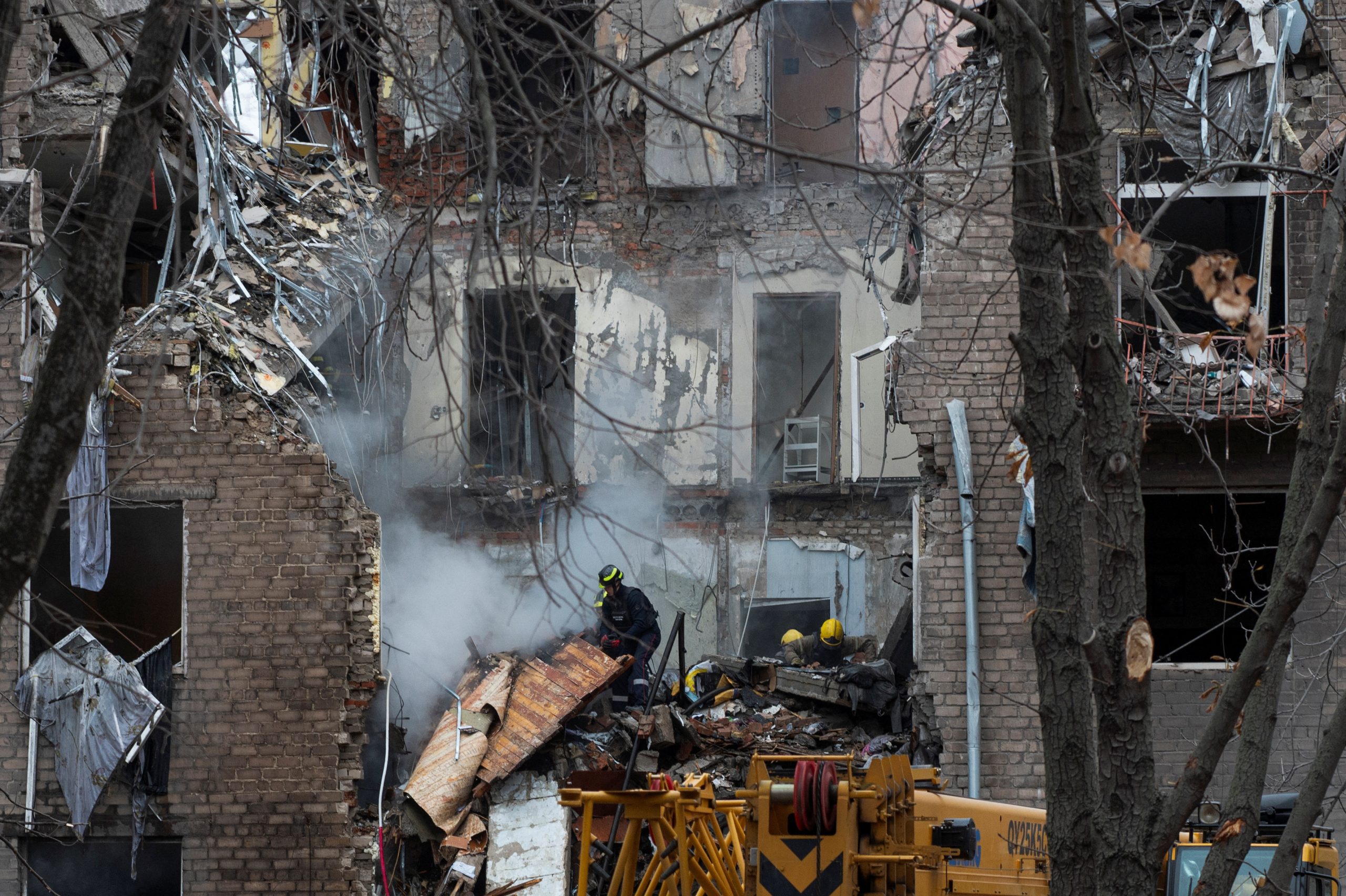As Ukraine battles entrenched Russian forces in what has become a brutal, close-quarters conflict, the U.S. Army believes it may have a solution to break the stalemate. Relying on a new “deep-strike” strategy, the Army aims to extend the reach of its long-range weapons to hit high-value targets far behind enemy lines, aiming to weaken Russian command structures and critical supply routes without heavy, costly ground assaults.
The situation on Ukraine’s front lines today is stark. Trench warfare and artillery duels have resulted in staggering casualties for both sides, often with little territorial gain. According to a recent report from the Association of the U.S. Army (AUSA), the U.S. Army’s deep-strike doctrine could help avoid these brutal, costly battles by shifting the focus to crippling Russian forces at critical junctures within their command and logistics networks
Deep Strike: A Radical Shift in Tactics
The Army’s proposed deep-strike approach marks a significant departure from traditional ground warfare. By utilizing advanced long-range precision munitions like the Army Tactical Missile System (ATACMS) and Guided Multiple Launch Rocket Systems (GMLRS), U.S. military strategists envision a battlefield where frontline assaults are no longer the primary tactic. Instead, the deep-strike approach aims to devastate Russian supply depots, command centers, and infrastructure nodes situated far from the front lines, ideally leaving enemy soldiers without the resources to continue sustained fighting.
An operation leveraging these capabilities would focus on swiftly neutralizing key assets in a limited timeframe. By striking critical infrastructure before Russian forces can respond, Ukrainian forces could force Russian units to retreat or even collapse due to supply deficits and a lack of coordination.
Why This Approach Matters for Ukraine’s Battlefield
In Ukraine, direct ground assaults have proven costly and often ineffective, especially when facing Russia’s layered defenses. Moscow’s forces are heavily entrenched, with minefields, artillery, and air defenses. These factors mean that any advance requires immense resources, often costing Ukraine as many resources as it gains. For the U.S. Army, avoiding the trap of “fighting every foot of ground” is paramount, and deep-strike capabilities could achieve that goal, according to defense experts.
This strategy would also address a significant issue for Ukraine’s armed forces: limited munitions and dwindling Western support for protracted warfare. Western military suppliers, including the United States, have faced production bottlenecks for artillery rounds and precision-guided missiles. By focusing on key Russian assets rather than widespread targeting, the deep-strike approach could make more efficient use of limited munitions, which Ukraine has struggled to replenish at the pace required for its offensive operations
Challenges to Deep-Strike Implementation
Despite the promise of the deep-strike strategy, there are real-world challenges to its implementation. For one, deep-strike operations would likely require advanced intelligence and real-time data on Russian troop positions and supply routes. Gathering this level of intelligence in such a volatile environment would be challenging and could involve extensive coordination with NATO and Western intelligence agencies.
Additionally, deploying long-range precision missiles on a large scale is costly, and the U.S. defense budget has been stretched by commitments not only in Ukraine but also in preparing for potential conflicts in the Indo-Pacific. High-level U.S. Army officials have pointed out that sustaining deep-strike capabilities would require multiyear procurement plans for munitions like ATACMS and Patriot missiles, potentially straining an already tight supply chain
Looking Ahead: Is Deep Strike the Future?
While the concept is still being tested and refined, U.S. defense officials are optimistic about deep-strike strategies, which could evolve modern warfare beyond the battlefields we see today in Ukraine. As U.S. Army planners and their Ukrainian counterparts evaluate these tactics, the prospect of a more efficient, strategically targeted warfare method could dramatically shift the balance of the Ukraine conflict. And, if successful, deep-strike capabilities might become a cornerstone of U.S. military doctrine for handling entrenched conflicts globally, avoiding drawn-out battles and reducing the high cost of lives and resources.
In the face of escalating confrontations, the deep-strike strategy represents a bold vision that, if executed correctly, could redefine combat on Ukraine’s front lines and offer a roadmap for resolving conflicts where brutal trench warfare seems to be the only option.
Sources for this article include analyses from Radio Free Europe/Radio Liberty and recent reports by the Association of the U.S. Army (AUSA) on military strategies and logistical insights relevant to Ukraine’s conflict.
















